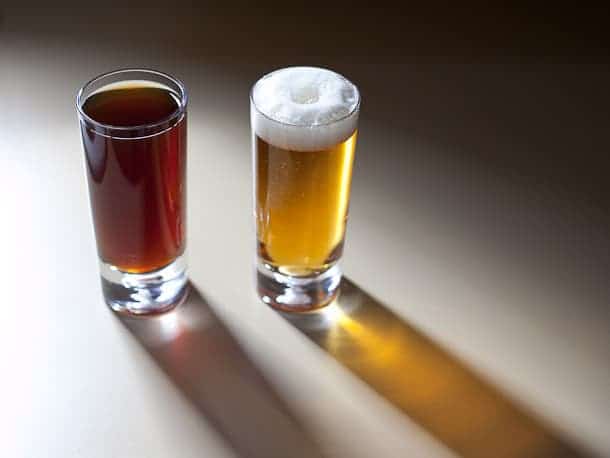Scientists have managed how to create morphine using a kit like the ones used to make beer at home. They used genetically modified yeast to perform the complicated process of turning sugar into morphine, and while they believe this can have huge medical significance, they also express concerns about “homebrewed” drugs.

If you brew beer at home, then you know that the key to the process is the microscopic yeast that turns the sugars into alcohol. But by using an extract from poppies and a modified version of yeast, you can create even more than that – opiates such as morphine.
The first reaction the researchers had was the one you’d expect – they warned that it will only take a few years drugs obtained through such techniques hit the streets.
“We’re likely looking at a timeline of a couple of years, not a decade or more, when sugar-fed yeast could reliably produce a controlled substance (such as morphine),” lead researcher and bioengineer John Dueber, from the University of California, Berkeley said in an interview.
He also said that it’s important for scientists to first develop this process, in order to stay ahead of drug organizations and tell authorities what they might be dealing with.
“We need to be out in front so that we can mitigate potential abuse.”
Dueber and his team first thought of this process when they discovered that a certain type of enzyme can turn glucose sugars into morphine. This was not necessarily a novel idea, but scientists have previously struggled to make a viable product, because each of these enzymes pushed the reaction too far and destroyed desired compounds before they could be extracted. Especially one stage of the process, obtaining an intermediary chemical called reticuline – had been a stumbling block. It was no easy task, but the Berkeley team realized that they could have a yeast do the work for them. Dueber said:
“What you really want to do from a fermentation perspective is to be able to feed the yeast glucose, which is a cheap sugar source, and have the yeast do all the chemical steps required downstream to make your target therapeutic drug. With our study, all the steps have been described, and it’s now a matter of linking them together and scaling up the process. It’s not a trivial challenge, but it’s doable.”
Basically, anyone with brewing experience could have a go at the process – and that’s both good and bad. There is a high demand for morphine, a substance used to treat both acute and chronic severe pain. Developing a simple and cheap method to create it would be certainly be welcome, but there’s another side to this. Morphine is also the main psychoactive chemical in opium and it has a high potential for addiction – having such a substance available for any homebrewer can be extremely dangerous, and this technology in the wrong hands is just asking for trouble. The prospect of brewing strong drugs using yeast is not a pleasant one, and raises questions about regulating genetically modified yeasts.
Prof Paul Freemont, one of the directors of the Centre for Synthetic Biology and Innovation at Imperial College London, said:
“Making opioids that can be used in an illegal sense makes this an important story. It’s technically demanding to make these strains, but in the future who is to know? That is why this is such an important time – how do we regulate these strains?”
We don’t want to open another battle in the already losing war on drugs, but we do want cheap morphine, and it seems inevitable that yeast-brewed drugs will hit the streets in a few years, with no plan to manage them in sight. It’s a complicated question, but the take-away message should be pretty clear – using science, you can make amazing things with little resources, but seriously, don’t try this at home.
Journal Reference: William de Loache et al. An enzyme coupled biosensor enables (S)-reticuline production in yeast from glucose. Link


